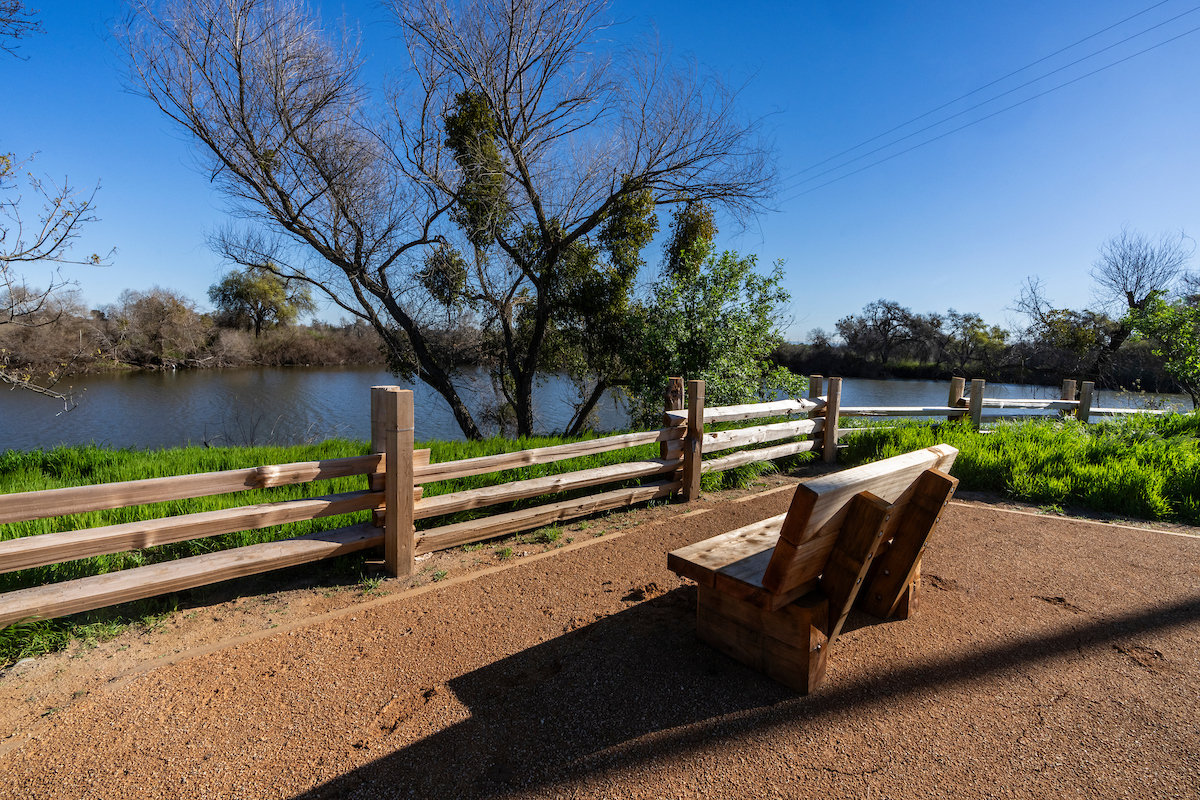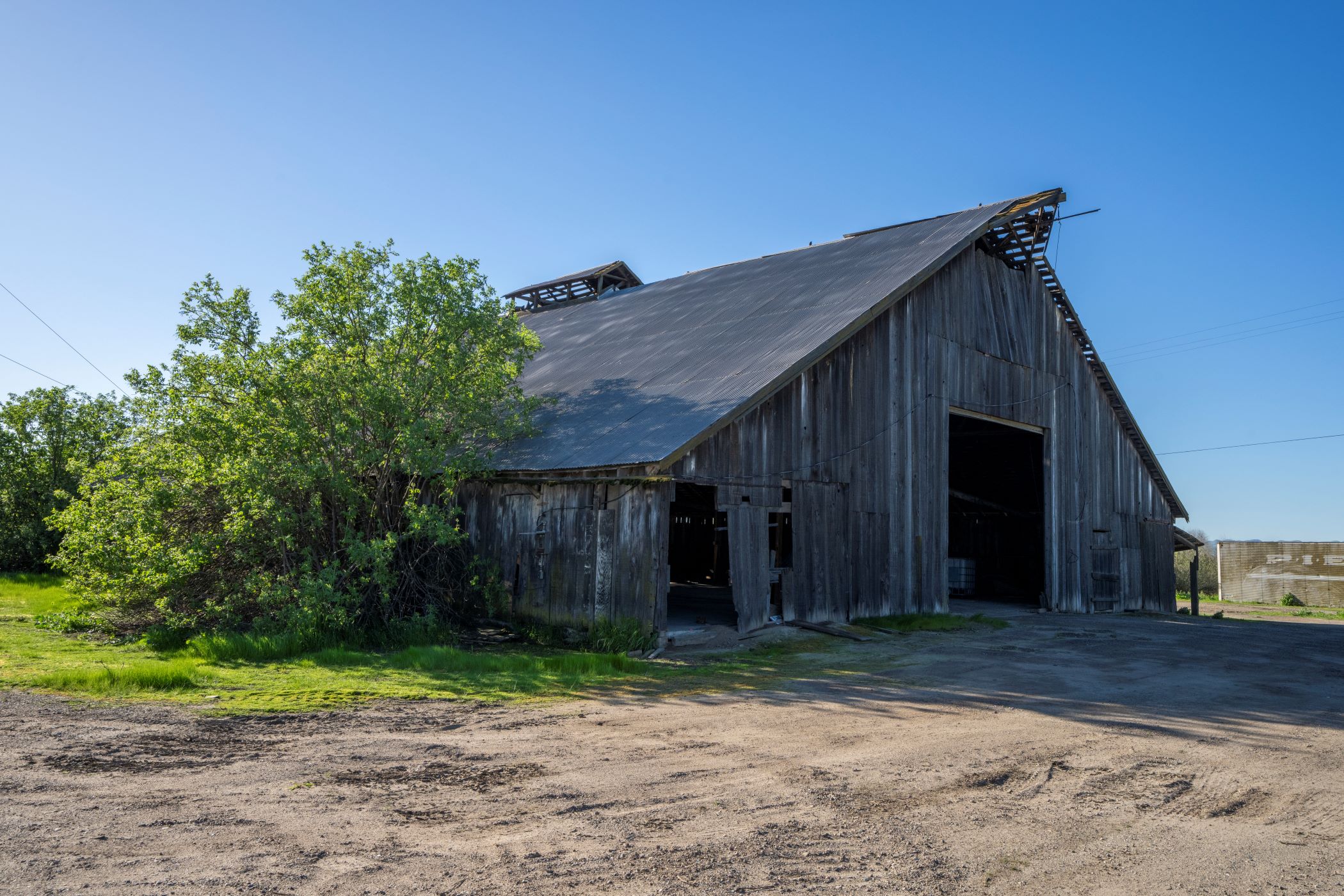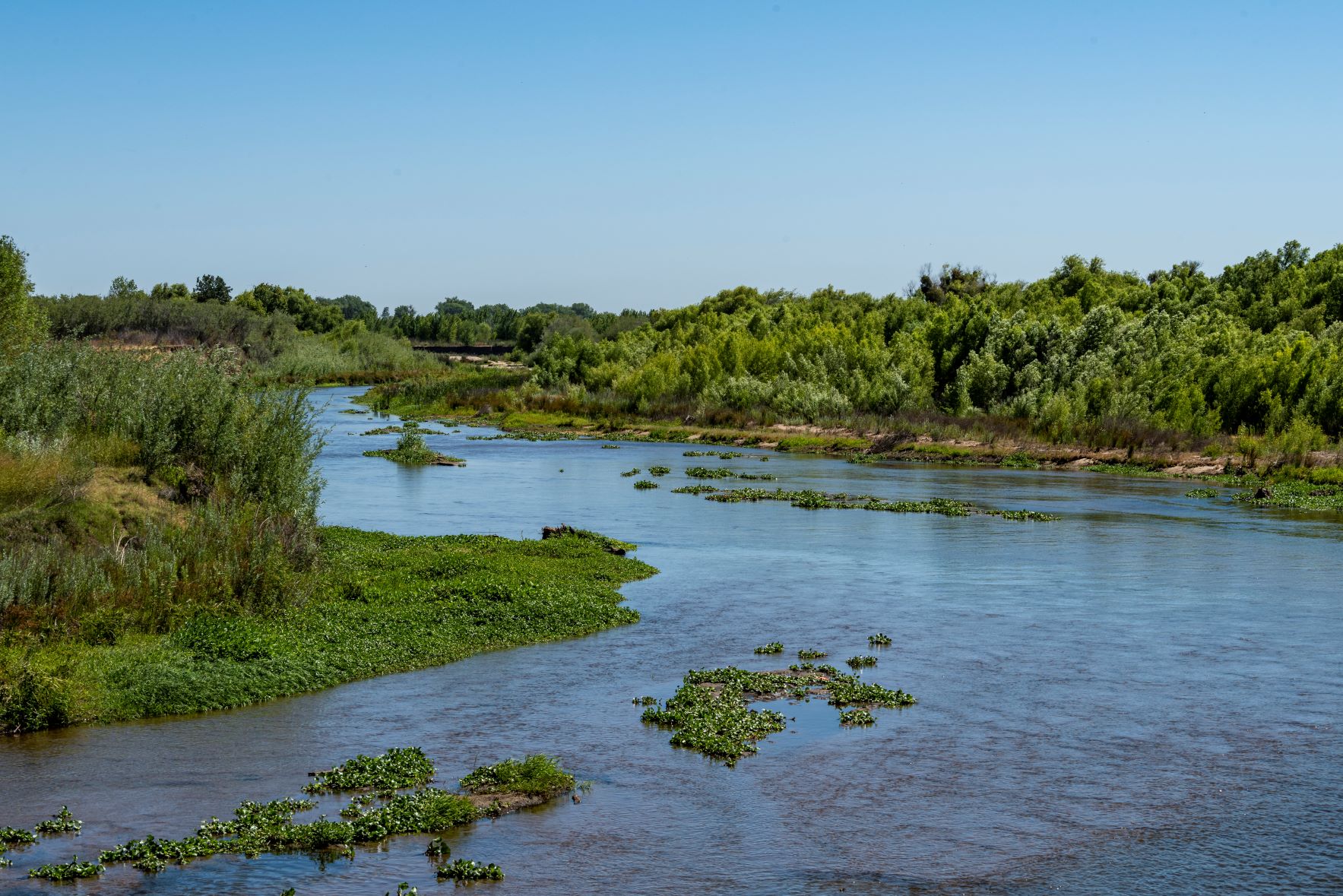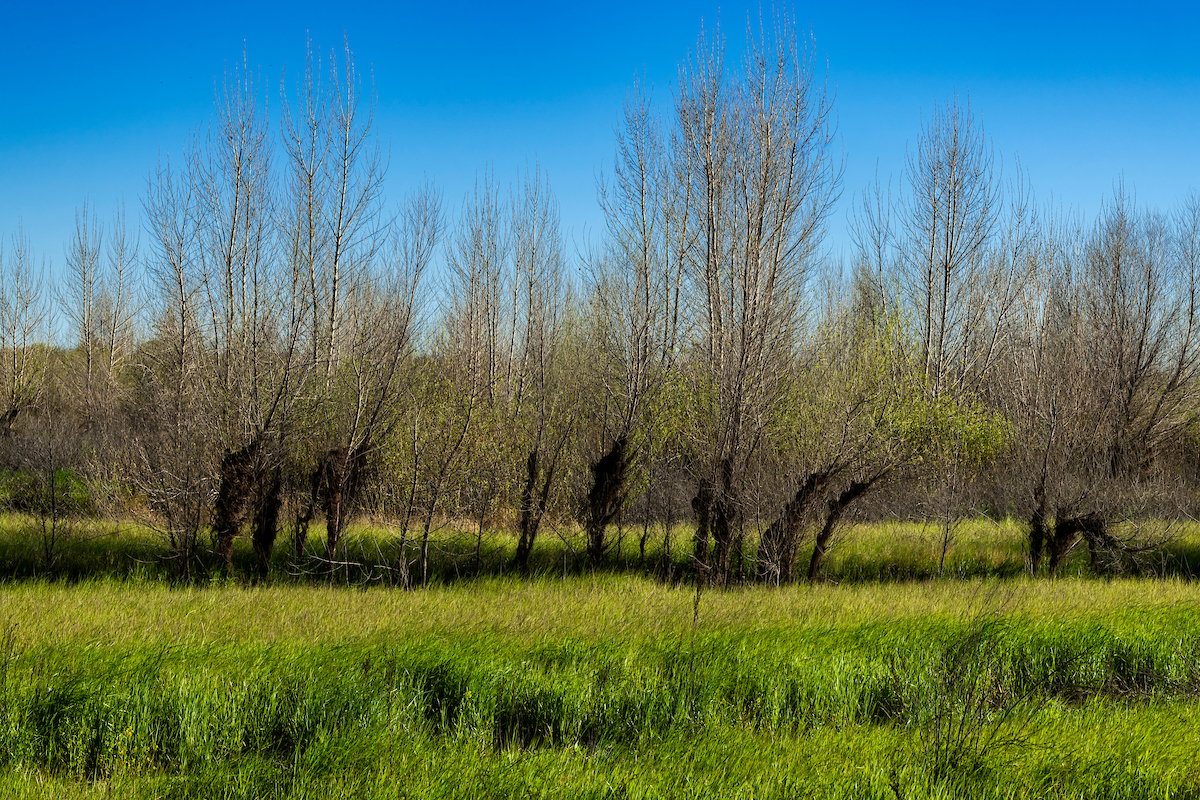







AVISO DE TRADUCCIÓN: Para traducir el texto de esta página haga clic en el botón que dice “Translate”, y haga clic en “Spanish”. Para volver a la versión en inglés, haga clic en el botón nuevamente y seleccione “Inglés “
TRANSLATION NOTICE: To translate the text on this page, click the button at the top that says ‘Translate’ to select the desired translation. To return to the English version, click the button again and select ‘English.’
The property referred to as Dos Rios is located at the confluence of the Tuolumne and San Joaquin Rivers, between the cities of Modesto and Patterson in Stanislaus County. It is adjacent to the San Joaquin River National Wildlife Refuge. The Central Valley District manages the proposed park.The Dos Rios Classification Process and General Plan Project includes work to classify and name the property as a new individual park within the California State Parks system and the development of a General Plan and Environmental Impact Report (EIR) for the new park. The project will start in the Summer of 2024 and is anticipated to take approximately three to five years to complete.
Naming and Classification — State Parks will conduct assessments of existing site conditions and recommend a park name and classification.
General Plan and Environmental Impact Report (EIR) — State Parks will develop the General Plan and EIR. The plan will direct the future park's long-range management, development, and operation.
All units and properties that will become part of the state park system are classified by the State Park and Recreation Commission as either a State Park, a State Recreation Area, Historical Unit, or a State Reserve as described in the California Public Resources Code, Division 5, Chapter 1, Article 1.7. Classification helps determine the purpose of a park and the range of conservation, recreation, and management activities that are appropriate for the park.In some cases, distinct areas within the property, subclassifications, containing outstanding natural or cultural significance, may be established for the purposes of resource protection.
The Department is the lead agency for preparing a General Plan and associated EIR for this project. The decision-making body for the General Plan and EIR is the State Park and Recreation Commission, a body of appointees that advises the Department and has final authority to approve General Plans and certification of associated EIRs for State Park units.
The General Plan defines the park’s primary purpose and establishes a management direction for the park’s future. By providing a clear purpose and vision, guidance on long and short-term goals, and guidelines, the general plan guides day-to-day decision-making and serves as the basis for developing focused feasibility and management plans, specific project plans, and other management actions necessary to implement the goals of the general plan.
The general plan is primarily a “goal-based,” as opposed to an “objective-based,” document. General plan goals and associated guidelines define an ultimate purpose and intention for park managers and system operators but stop short of defining a specific accomplishment and timeframe for accomplishing those goals. This level of specificity is developed in subsequent planning documents, such as management plans or specific project plans.
Development of the general plan includes a complete programmatic Environmental Impact Report, as the general plan is considered a project for the purposes of California Environmental Quality Act (CEQA).
| Project Kick Off | Summer 2024 |
|
Park Resource Inventories and Visioning |
Summer 2024 - Spring 2025 |
|
Classification, General Plan + EIR (Outreach and Development) |
Spring 2025 - Spring 2028 |
| State Parks and Recreation Commission Approval |
Summer 2028 |